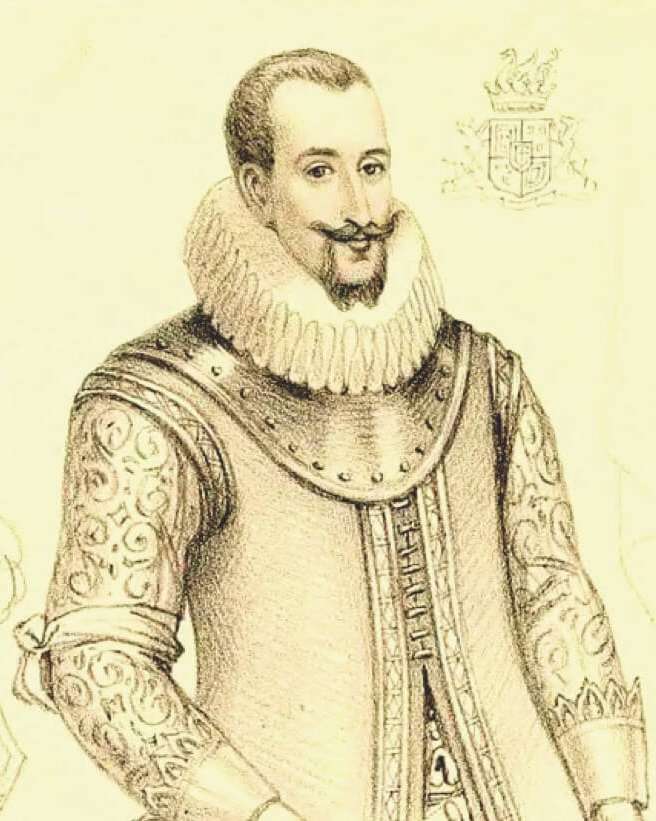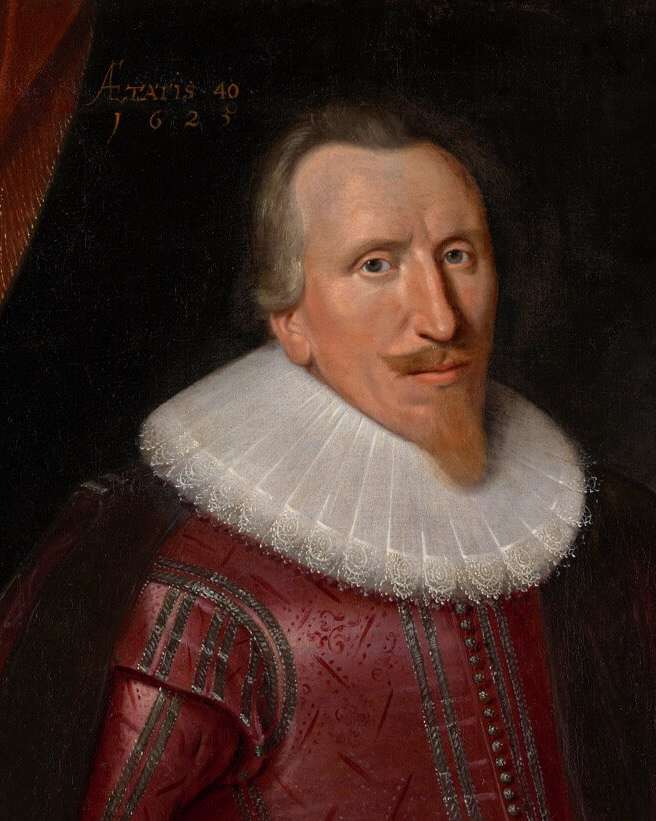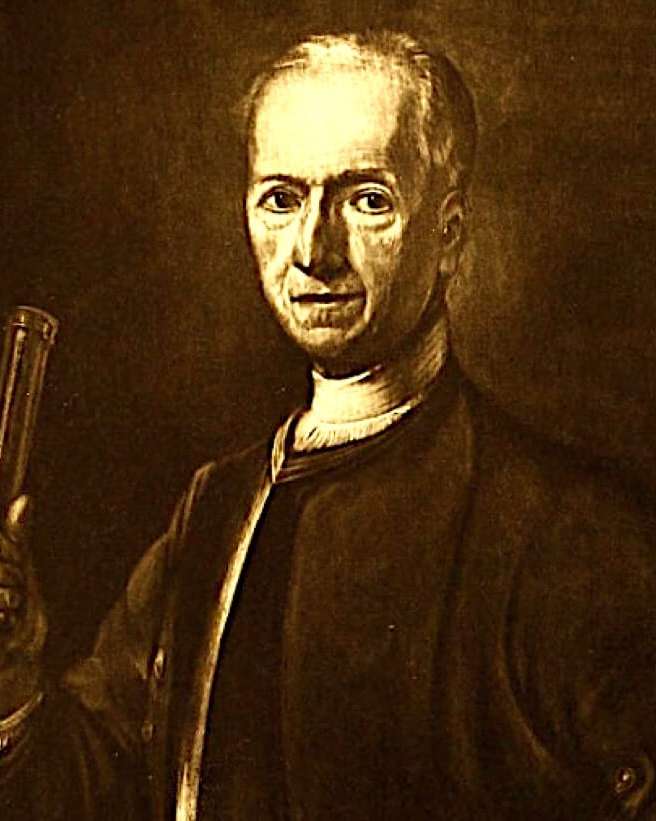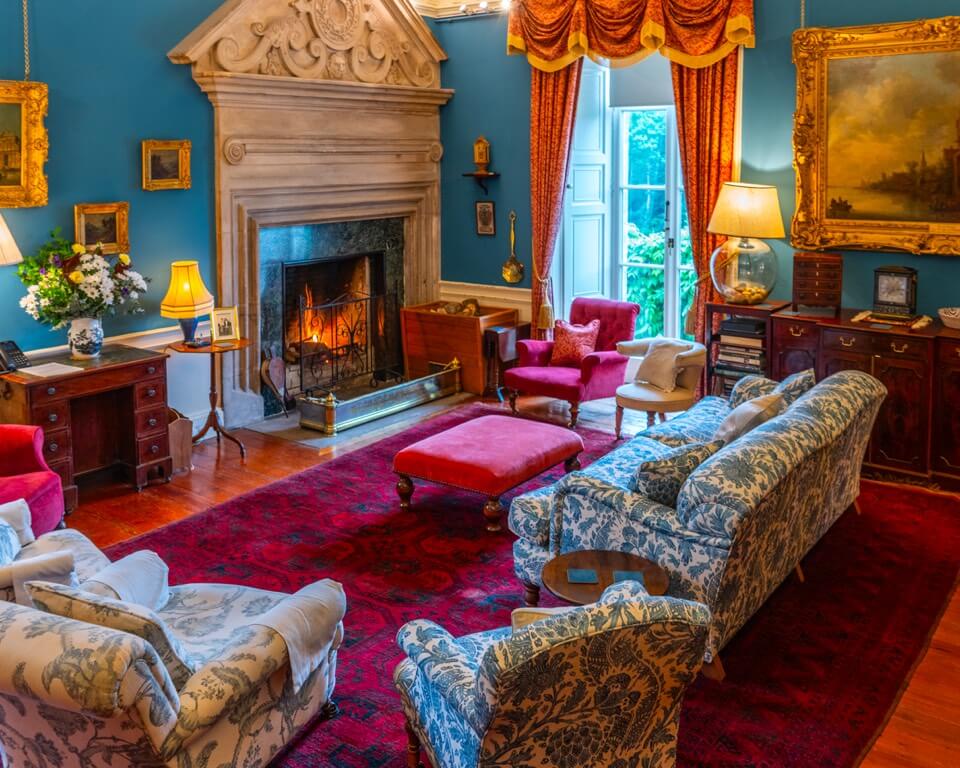Royal Supporters
The Setons in Scotland originated from a noble family called SAY who fought with William of Normandy at the Battle of Hastings in 1066. The first name to appear on Scottish records was Alexander de Seton, as witness to a charter granted by King David 1 c1150.
Rewarded for loyalty to the crown, they were given the lands of Seton, Winton, and Winchburgh. Sir Christopher Seton was knighted by King Robert the Bruce and married the king’s sister in 1301; his son was also knighted and fought with his uncle at the Bannockburn in 1314, after which he was granted the Barony of Tranent.
George, 1st Lord Seton, built Winton in 1480 as a second home to Seton Palace. It was partially destroyed in the Rough Wooing on 1544, but rebuilding was finished c1620 by George, 10th Lord Seton and 3rd Earl of Winton. He employed the King’s master mason, William Wallace, to carry out the restoration and added the grand stone twisted chimneys.

Stuart Supporters
Mary Seton, only daughter of George, 6th Lord Seton, was one of the Four Maries, ladies-in waiting to Mary, Queen of Scots, just as her mother had served Mary of Guise. Her half-brother George, later 7th Lord Seton, was also an ardent supporter of the Scottish queen, a member of Privy Council and Master of the Household from 1563. Mary, Queen of Scots, spent time at Seton Palace on at least two occasions: on honeymoon with Lord Darnley, and later took refuge there after Rizzio’s murder.
George remained loyal to Mary, despite disapproving of her marriage to Bothwell, and when she was imprisoned on Loch Leven, was involved in the plot to free her. The Queen, having exchanged clothes with his half-sister, Mary Seton, managed to escape by boat to the south shore of the Forth where Lord Seton was waiting to take her to the safety of his castle at Niddry.
More than 100 years later, it was George, 12th Lord Seton’s support for the Jacobite Rebellion of 1715 that caused Winton to be confiscated. Even so, in 1745, when George was exiled in Rome, Bonnie Prince Charlie issued an edict on his behalf allowing Jacobite troops to camp on the Winton estates. Loyal to the end.

The Setons Board
You can see the story of the Setons from 1066 to 1745 by clicking on the link to the Setons History board.
1000 Years Ago
As the builders of Winton, the Setons’ history can be traced back to 1050 and Robert FitzPicot de Say, Lord of Aunay (Normandy). His son, also called Robert, fought at the Battle of Hastings with William ‘the Conqueror’ in 1066.
Phillip de Sayton, his grandson, was granted the lands of Seton, Winton and Winchburgh around 1150 by David I of Scotland; he was consolidating his power around Edinburgh with Norman nobles.
There began almost six centuries of Setons at Winton.
The Royal Court
Phillip’s grandson married the sister of King Robert ‘The Bruce’. The family were heavily involved in the Wars of Independence in the 14th century, including the Siege of Berwick and the Battle of Bannockburn.
Through marriage, the Seton name can be seen in the family trees of Hay, Gordon, Stewart, Campbell, Douglas and Montgomerie. Setons are linked to Dukes and Viscounts down to mere Earls, including the title bestowed upon Robert, 8th Lord Seton, 1st Earl of Winton.
They held notable positions such as Mary Seton, Lady-in-Waiting to Mary Queen of Scots, Robert, 4th Lord Seton, Lord of Session, and Alexander (brother of the 1st Earl) who became Earl of Dunfermline and Chancellor of Scotland.
The Burning
Although the Seton seat was nearby at Seton Palace, Longniddry, George Ist Earl of Winton built a stone tower at Winton around 1480.
Henry VIII adopted an unusual style of courtship for his son Edward to woo Mary Queen of Scots. Under Henry’s orders, Winton was burnt by the English Army in 1544 around the time of the siege of Haddington.
The thick walls of the vaulted basement survived the fire, and this Vaulted Cellar is still used for entertaining today.
The Earls' Restoration
The 8th Lord Seton was made 1st Earl of Winton in 1600 and set about making a home out of the ruin. The work was continued by his nephew, the 3rd Earl, who engaged the services of William Wallace, the King’s Master Mason.
Wallace was responsible for many prodigious building projects and he turned Winton into one of the finest examples of Scottish Renaissance architecture.
Prisoner
Two generations on, support for the Royal Stuarts at the Jacobite uprising of 1715 saw the capture of George 5th Earl of Winton at the Battle of Preston. He was taken to the Tower of London; his land and titles were confiscated by the crown and the land was later leased to the York Buildings Company.
It was later requisitioned for use during the uprising of 1745 by Bonnie Prince Charlie, on behalf of the exiled 5th Earl. The rebel army camped on the Estate and were fed by the local tenantry.
Copyrights & attributions
Robert, 8th Lord Seton and 1st Earl of Winton from 1816-1898 Memorials of the Montgomerie family
George, 10th Lord Seton and 3rd Earl of Winton painted by de Colone © National Galleries of Scotland
Seton Palace © Courtesy of Historic Environment Scotland (Clerk of Eldin)
Seton Collegiate Church © David Ross/ Britain Express














